The Jewish Museum Berlin is the largest Jewish museum in Europe. Having already seen impressive Jewish museums and synagogues in Fürth, Pilsen and Warsaw, I was very excited about the Berlin museum before my visit. A small spoiler is allowed – the visit is worth it!
The Jewish Museum Berlin is located in Berlin-Kreuzberg and consists of several facilities. There is an old building and a modern new building. All these facilities serve to convey the Jewish culture and the over 1700 years old Jewish-German history to the interested visitors.

How did the Jewish Museum Berlin come into being?
As soon as you reach the museum, it quickly becomes clear that the building itself is something very special. The old building, a baroque Kollegienhaus, was once the Kammergericht. Right next to it is a modern zigzag-shaped building by the architect Daniel Libeskind, which at first glance doesn’t really fit in with the old building at all.
The idea to establish the Jewish Museum Berlin was born on the occasion of the 300th anniversary of the Jewish Community in Berlin (1971). The existing Jewish Department of the Berlin Museum of Berlin History thus later became the independent Jewish Museum.
For the new building, which at that time was still planned as an extension of the Berlin Museum, an architectural competition was announced, which Daniel Libeskind won with his design. The foundation stone was laid in 1992. When the building was completed, it was initially open to visitors as an empty new building. It must have been an interesting visit, even today provided with an exhibition, I found the premises exciting and unusual.
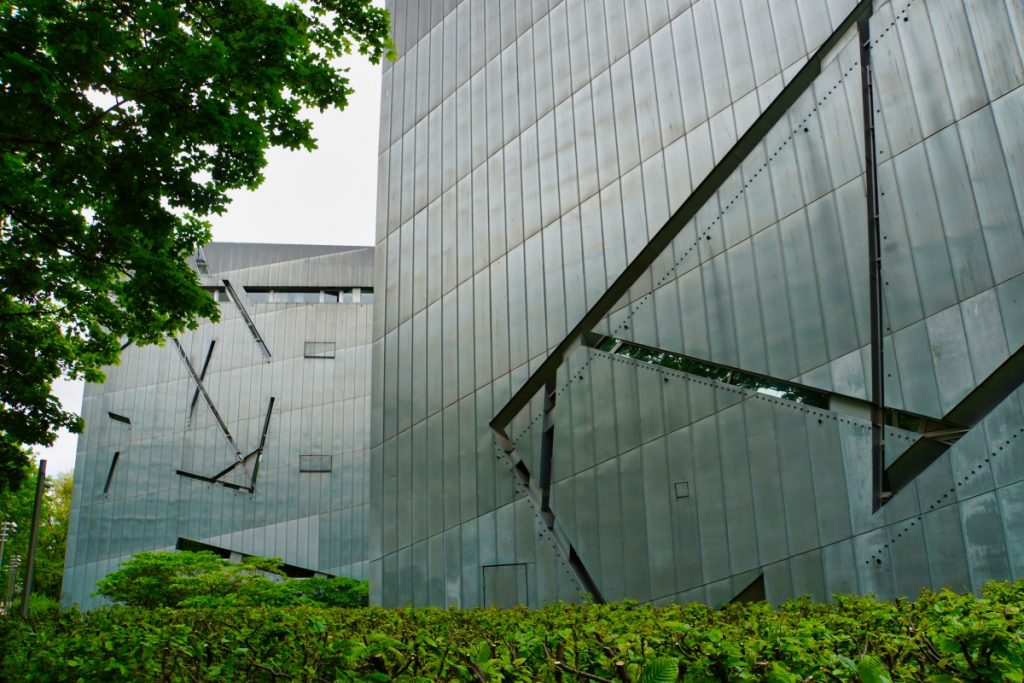
I think already from the outside the building is something very special. The titanium-zinc facade has quite unusually shaped windows, many sharp angles in the walls and looks quite exciting from the outside. If you walk through the building, you notice the sloped floors and the gray exposed concrete. Sometimes it seems as if you are still walking through a shell and through the few and very small windows I felt very isolated from the outside world. It is exciting that the old building and the new building are only connected in the basement.
In 1999, the Jewish Museum Berlin was founded and after 18 months visitors were able to see the first permanent exhibition.
A little insight into the museum
In summer 2020, a new permanent exhibition opened with the theme “Jewish History and Present in Germany”. This can be visited free of charge since 2021, but a time slot ticket should be booked in advance…
I entered the building through a small annex next to the old building. First I had to go through the obligatory security check and then entered the light-flooded glass courtyard.

The old building also houses the museum store and café, some special exhibition rooms, an auditorium and offices. The covered glass courtyard is also used for events.
On the way to the permanent exhibition
A staircase leads through the basement into the new building. There, one encounters three corridors that intersect. These corridors are called axes. The “axis of continuity” runs straight ahead to a staircase. Over countless steps (there is also an elevator) one climbs from there to the second floor of the new building to the permanent exhibition.
Axis of Exile and Garden of Exile
One of the crossing axes is called “Axis of Exile”. The corridor ends at a glass pane that allows a view into the garden of exile. There is also a door (this I did not immediately recognize as a door and was fortunately kindly pointed out), through which one then enters the open air – or symbolically the supposed “freedom in exile”.

The Garden of Exile is a square area. The ground is very sloping and those who have problems with their sense of balance should move carefully.
Surrounded by a wall in the garden of the Exile are 49 very narrowly built concrete stelae. These are 6 meters high and remind me a bit of the field of stelae of the Memorial to the Murdered Jews of Europe. However, since the stelae in the Garden of Exile are all the same height and stand much closer together, I felt much more constricted.
On top of the stelae are trees (olive willows) symbolic of peace and hope. These additionally prevent a clear view of the sky, which gave me an additional feeling of confinement.


The number of stelae was chosen deliberately. In 1948 the state of Israel was founded and therefore 48 stelae were erected. The 49th stele, in the middle of the installation, stands for Berlin. 48 steles were filled with soil from Berlin and one steles with soil from Jerusalem.
Axis of the Holocaust and Holocaust Tower
The second crossing axis is called the “Axis of the Holocaust”. Standing at the intersection of the axes, it is noticeable that this corridor becomes increasingly flat towards the end and ends at a black wall. This makes it look like a corridor that ends in “nothingness”.

Through a door in the black wall you enter the Holocaust Tower. If you step through this door, you stand in a small dark and uncomfortable room, which is supposed to be a memorial. Only through a crack some light falls in. This room is definitely not for me. I feel cramped, oppressed, uncomfortable – I can’t think of anything or anyone in peace here and prefer to leave this place quickly.
I return to the “Axis of Continuity” and climb the stairs to the permanent exhibition. At the end of the stairs, a light installation with constantly changing displays attracts attention and I quickly reach the end of the long staircase.
Permanent exhibition “Jewish History and Presence in Germany”
The permanent exhibition at the Jewish Museum Berlin begins on the second floor of the Libeskind Building and ends on the second floor. The way through the exhibition is very well signposted. One should not be confused by some completely empty areas in the museum that are not accessible but can be viewed. These so-called voids have been deliberately created to commemorate the voids left by the Holocaust, expulsions and pogroms.
I decide to do my tour with the help of the app of the Jewish Museum Berlin. Here I can choose from several “tour types”. Under Select Tour, for example, I can choose the topics “13 Lives” or “13 Things” or “Architecture and Garden”. During the tours, I am then offered fixed stations to which one can listen and read something.




Alternatively, you can select the numbers at some objects via the menu item “Stroll” and get information about them. I chose a mixed form of fixed and free tour, because during the fixed tour I discovered some points that interested me additionally and I wanted to get more information about them. Otherwise, however, I followed the tour “13 lives” and thus received insights at 13 stations about a small period of life of 13 people.

The permanent exhibition presents the history of the Jews in Germany from a Jewish perspective. In doing so, it is attempted that the exhibition visitor gets as complete an insight as possible from the beginnings to the present. During a visit to the Jewish Museum Berlin, one practically “wanders” from the beginnings of Jewish life in Ashkenaz to the attempted emancipation movement of the Enlightenment to the period of National Socialism and finally arrives at the post-war period with the main topics of reparations, Russian-speaking immigration and present Jewish life in Germany.

The exhibition is designed to be very diverse. There are paintings, art installations, multimedia stations, game stations (for example on the topic of emigration), many different exhibition objects and information panels. Not to forget the complementary guide through the app, which provides a lot of valuable additional information.

My tour, accompanied by the app, was very interesting. The depiction of the 13 lives, which all seemed quite different and yet had commonalities, made the exhibition very personal. Individual fates that you develop a connection to make political events much more real and tangible. And so there were some areas in the exhibition that captivated me longer and where I spent a lot of time, such as the sound room and at the installation Schalechet “Gefallenens Laub”.

Those who, like me, need a break in between to be able to process the diverse impressions should choose the “staircase” from the second floor to the second floor. In the “Hall of Fame”, not only do comfortable seats invite you to take a break, you can also buy a sweet snack from a vending machine and discover great drawings of different personalities on the walls. A colorful and cheerful space for a short break and to gather strength for the rest of the tour!

Jewish Museum Berlin – the garden
Before leaving the museum, I went back to the large glass hall. A large glass front allows you to enter the museum’s garden. This was laid out according to a design by Hans Kollhoff (the architect of the Kollhoffs Tower at Potsdamer Platz) and Arthur A. Ovaska.

A beautiful place where, after so much information and impressions from the exhibition, you can re-sort your thoughts before heading back into the hustle and bustle of the Berlin city.

Address:
Jüdisches Museum Berlin
Lindenstraße 9–14
10969 Berlin
Opening hours:
daily: 10 a.m. to 7 p.m.
closed: on Jewish holidays and Christmas Eve
Admission fees:
Permanent exhibition: free of charge
Temporary exhibition:
Adults: 8,-€
Discounts are offered.
Book ticket in advance via GetYourGuide:
App Jewish Museum Berlin:
You can download the JMB app to your own device for free. Don’t forget the headphones, so that not all visitors have to listen in!

Photo approval was granted by the Stiftung Jüdisches Museum Berlin.








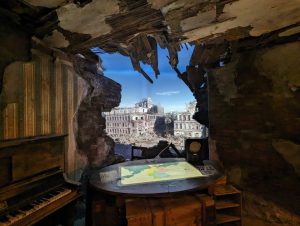






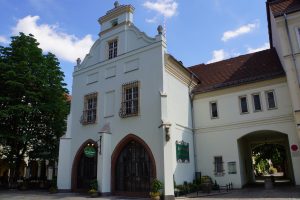

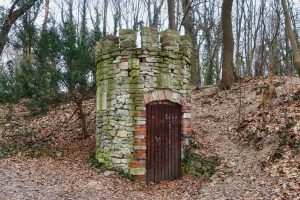
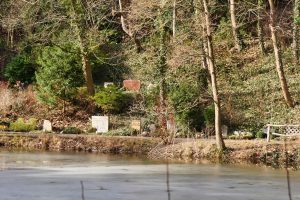
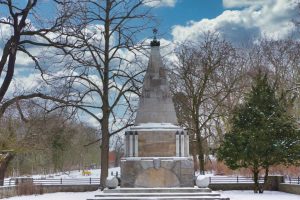




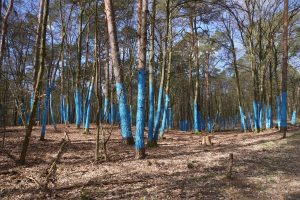




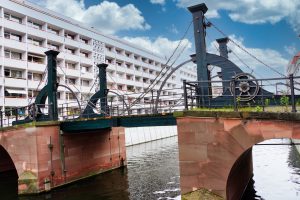
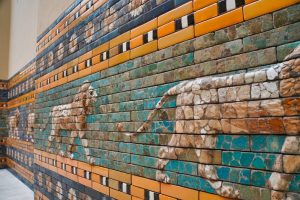



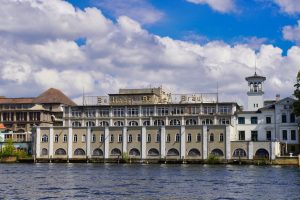









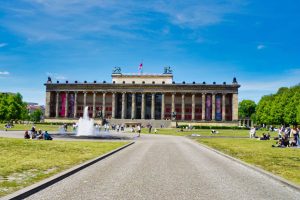





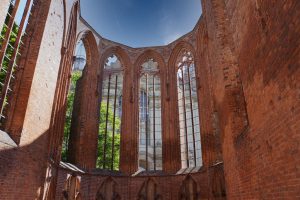

























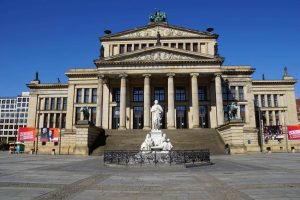







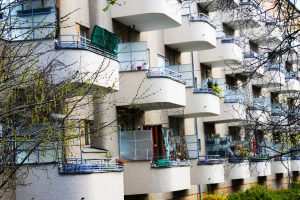










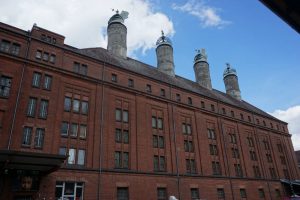





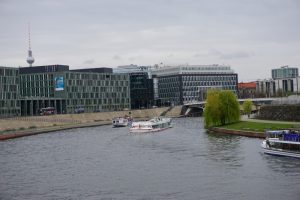









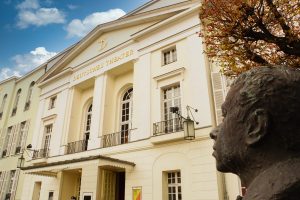


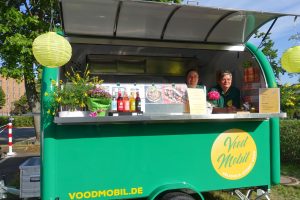















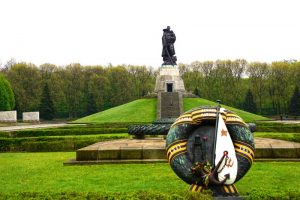














Leave a Reply